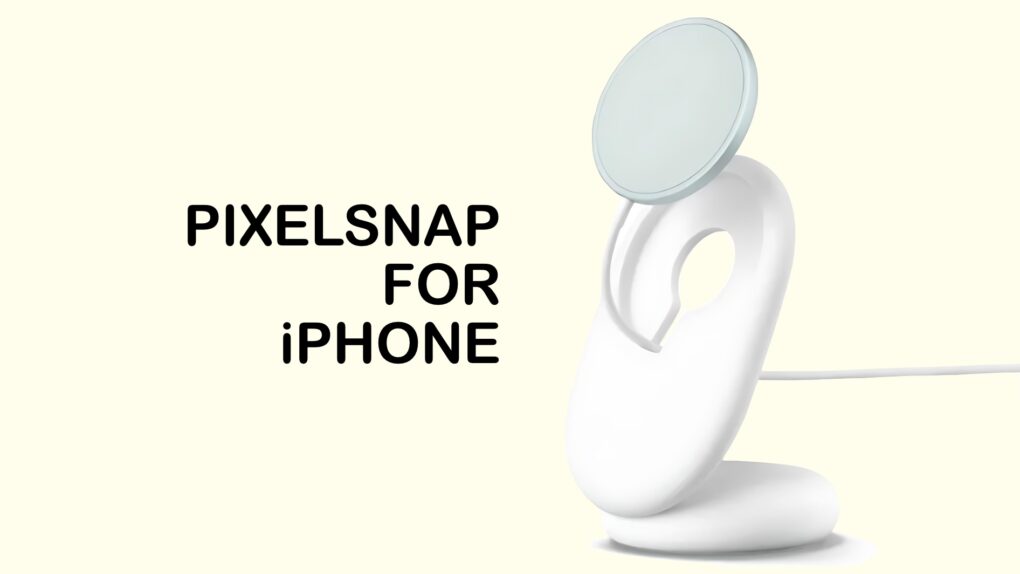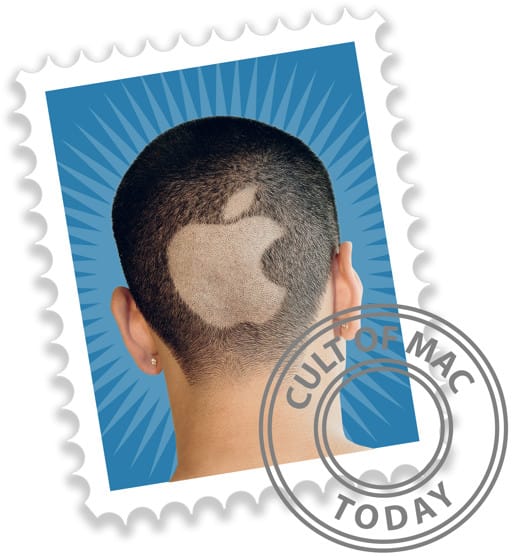The newly announced Google Pixel 10 includes Pixelsnap, a system that lets wireless chargers and other accessories cling magnetically to the back of the phone. If that sounds familiar, that’s because Pixelsnap is another name for Apple’s MagSafe system for iPhones.
But this is not yet another example of Google stealing a good idea from Apple. Instead, Apple helped make MagSafe into the Qi2 standard so other companies would build it into their handsets. And that’s what Google did, though it felt the need to rebrand Qi2 as Pixelsnap. Whatever the name, the more handsets with Qi2, the more iPhone users benefit.
Pixelsnap = Qi2 = MagSafe
After Google announced the Pixel 10 on Wednesday, iPhone users were quick to begin mocking Pixelsnap as a ripoff of MagSafe.
Google: “Can i copy your homework?”
Apple: “Yeah sure just change a few things so it’s not obvious” pic.twitter.com/UDC1hpYg2C
— Apple Design (@TheAppleDesign) August 20, 2025
Google stole plenty from Apple over the years, including blatantly copying the design of the Android operating system from the iPhone. But that’s not what’s going on this time. Pixelsnap isn’t a knockoff of MagSafe.
A bit of history is necessary to explain why. Apple took the Qi wireless charging standard and added magnets to make the charger and phone align themselves and cling together. The result was MagSafe. The Wireless Power Consortium liked the upgrade so much that it made it into Qi2 … with Apple’s cooperation.
And it’s Qi2 that Google built into the Pixel 10, even if it’s called Pixelsnap.
Everyone wins
Along with the Pixel 10, Google also unveiled a collection of Pixelsnap accessories. There’s a charging puck, plus stands and other accessories. It doesn’t matter that these have been rebranded; they’re all Qi2 accessories, which means they work with iPhones.
And that’s only the start. Apple’s own MagSafe accessories work with the Pixel 10. And Google’s latest works with a range of Qi2 accessories from other companies.
Hopefully, the advantages for iPhone users from Pixelsnap are becoming obvious. As just one example, a couple with an iPhone 16 and a Pixel 10 could trade off a Qi2 wireless travel charger, like the Lululook Ultra-Nano. Or they could share an Apple MagSafe charging puck.
Economics 101
The more handsets with Qi2 that exist, the more Qi2 accessories manufacturers will make. Companies have a better chance of making a profit off a new product if they know it can be sold to more than just iPhone users. More accessory choices is a clear benefit for iPhone users.
That’s why it’s been bad news for accessory makers and iPhone users alike that Android mostly avoided Qi2 for so long. And Android users have been missing out. The partial support for it in the Samsung Galaxy S25 doesn’t really qualify. Still, Google is fully on board.
That said …
Not stealing Pixelsnap from Apple doesn’t mean Google gets a free ride on other features. For instance, the just-announced Pixel Watch 4 includes an AI-powered fitness coach that sure sounds a lot like the Workout Buddy feature that Apple announced for Apple Watch back in the spring.


